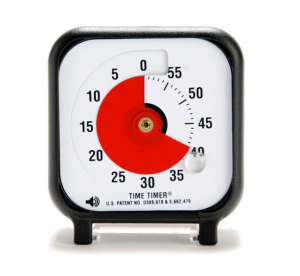People with ADHD forget a lot — a lot of things, and very often.
We frustrate ourselves. Even worse, we frustrate, hurt, and disappoint the people we love. ADHD is cruelly egalitarian, in that we forget our spouse’s birthday as easily as our dry cleaning.
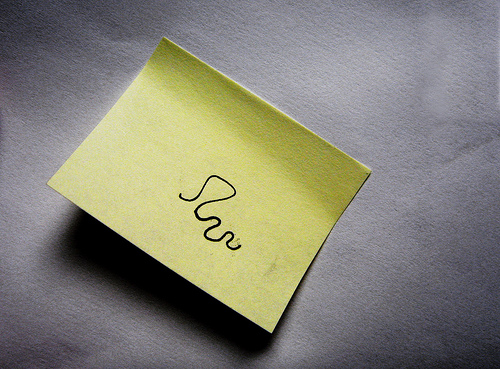

Even if we lived in total isolation, we’d still generate the same ideas over and over again, wishing we could remember them at the right time.
My solution: shorten the distance between myself and a good container for my thoughts. I call this “storing my brain outside my head” because my brain is such an unreliable container.
I’ve learned it the hard way, again and again: I need to write everything down. Everything. If I catch myself thinking, “that’s too important, I know I won’t forget it,” it’s a huge red flag.
Not only do I have to write everything down, I have to do this before I forget. It happens in a matter of seconds. As a result, I maintain writable surfaces all over my house: post-its, dry erase boards, chalkboards, you name it. Even the bathroom mirror. If there’s anyone out there who considers me a good friend, spouse, parent, or relative, it’s because I never trust myself to remember anything.
Instead, I remain vigilant for ideas — pen in hand.
Collecting ideas
There are some potty training methods that — bear with me here — require constant vigilance, so you’re ready to airlift your naked naked toddler to the potty just as he empties his bladder onto the floor. I picture my brain as this naked toddler. The moment it thinks of something — anything — I need to whisk it to a writable surface.
I should mention I use David Allen’s Getting Things Done system religiously to process all my notes. Allen insists that you need to be able to trust your system — or else you’ll get discouraged. “One of the main factors in people’s resistance to collecting stuff into ‘in,'” Allen writes, “is the lack of a good processing and organizing methodology to handle it.”
When I’m running a tight ship with my GTD system, I’m much more enthusiastic about writing down my thoughts. If you haven’t read Getting Things Done, I highly recommend it.
Our home’s writable surfaces
Bathroom mirror
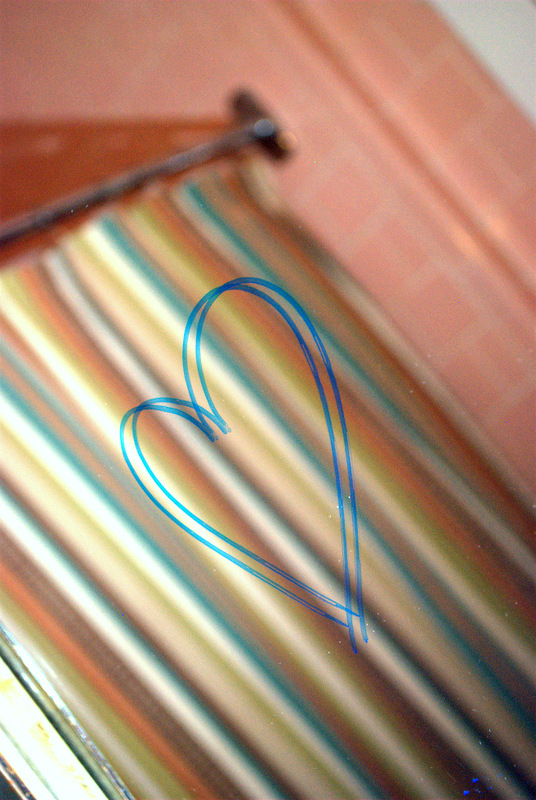
There’s a reason you have so many ideas in the shower. You’re relaxed, relatively free of distractions, and experiencing a nice dopamine rush from the hot water. Your brain is primed for idea generation.
I keep dry erase markers near the bathroom mirror so I can write a quick note before I’ve even dried off. The mirror is also a great place to leave a loving note or drawing for your spouse. When I worked in IT, my mirror notes reminded me to do early-morning server maintenance from home. Visitors occasionally spot our markers and join the fun, too.
Pantry door chalkboard
Our home is on the small side, making a big, common-area dry erase board impractical. Instead, I created a cute and functional chalkboard on our pantry door. It’s not as easy as tossing a few dry erase markers in the bathroom, but it’s a project pretty much anyone can do. I sanded the finished wood lightly, added a couple coats of primer, then applied this Rust-Oleum chalkboard paint. My son has taken over the bottom panel, and we use the larger top panel for grocery lists, reminders, fledgling Spotify playlists, and anything in between.
Small dry erase board
I purchased a small dry erase board for my dorm room door when I left for college. Somehow, I managed to keep it for over a decade and through several moves. This former clutter object now hangs on the side of the fridge and collects phone messages.
Post-its, post-its, and more post-its
I keep a pad of post-it notes in almost every room: on my nightstand, on my desk, in the basement, next to the coffee maker, in the car. I order sticky notes in bulk packages meant for large offices. Walking more than 10 steps to the nearest sticky note feels like too much.
Isn’t there an app for that?
I didn’t include any electronic note-taking tools here. There are some great ones available — Evernote, Toodledo, Google Keep, and PlainText, for example — but I find computers and smart phones too distracting. When I unlock my phone screen, I rarely make it to my note-taking app. Several minutes later, I realize I’m checking my Instagram feed and have no idea why I grabbed my phone in the first place. A simple pen and paper works best.
How do you capture ideas, especially when you’re in a place where you can’t easily write something down?
Hey there! Are you enjoying The ADHD Homestead?
Here's the thing: I don't like ads. I don't want to sell your attention to an advertising service run by the world's biggest data mining company. I also value my integrity and my readers' trust above all, which means I accept very few sponsorships/partnerships.
So I'm asking for your support directly. For the cost of one cup of coffee, you can help keep this site unbiased and ad-free.
Below you will find two buttons. The first lets you join our crew of Patreon pals and pledge monthly support for my work. Patrons also have access to my Audioblogs podcast. The second takes you to a simple donation page to pledge one-time or recurring support for The ADHD Homestead, no frills, no strings. Do whichever feels best for you!


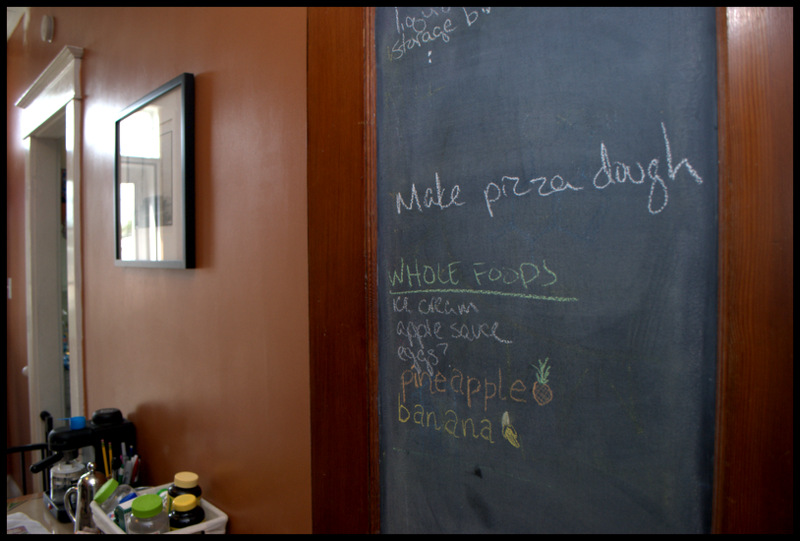
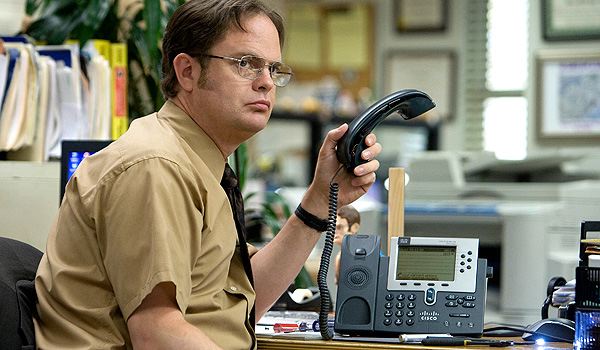

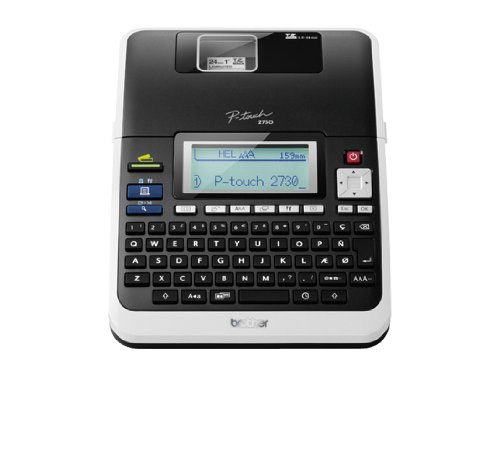

 (a 2:1 water:vinegar solution with a little squirt of dish soap) hidden all over the house, most notably under the bathroom sink. Like the electric razor, this allows me to clean whenever I notice something and have a minute. It’s cheap, easy, and convenient — all good news for ADHD homemakers.
(a 2:1 water:vinegar solution with a little squirt of dish soap) hidden all over the house, most notably under the bathroom sink. Like the electric razor, this allows me to clean whenever I notice something and have a minute. It’s cheap, easy, and convenient — all good news for ADHD homemakers.